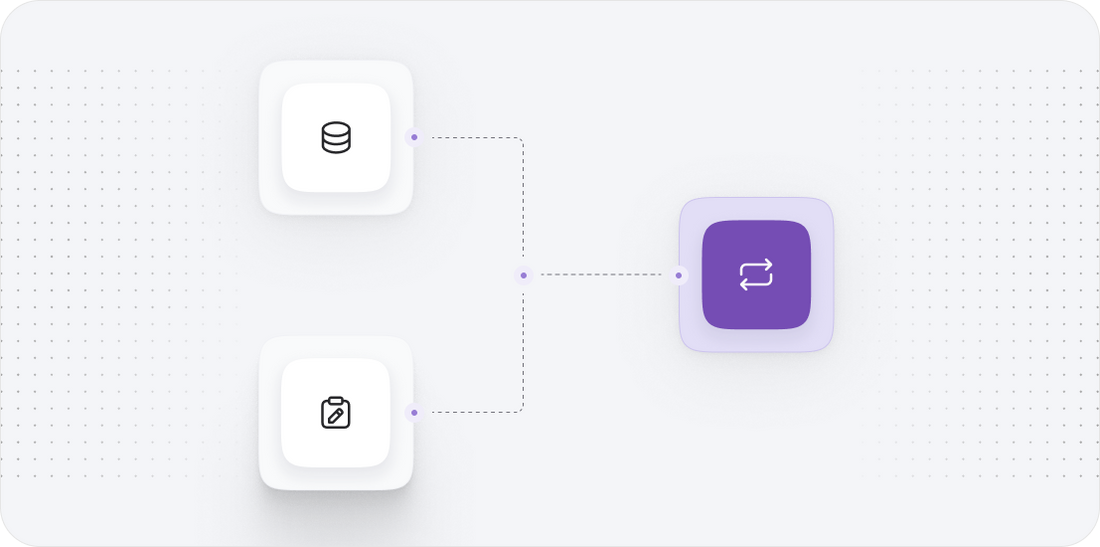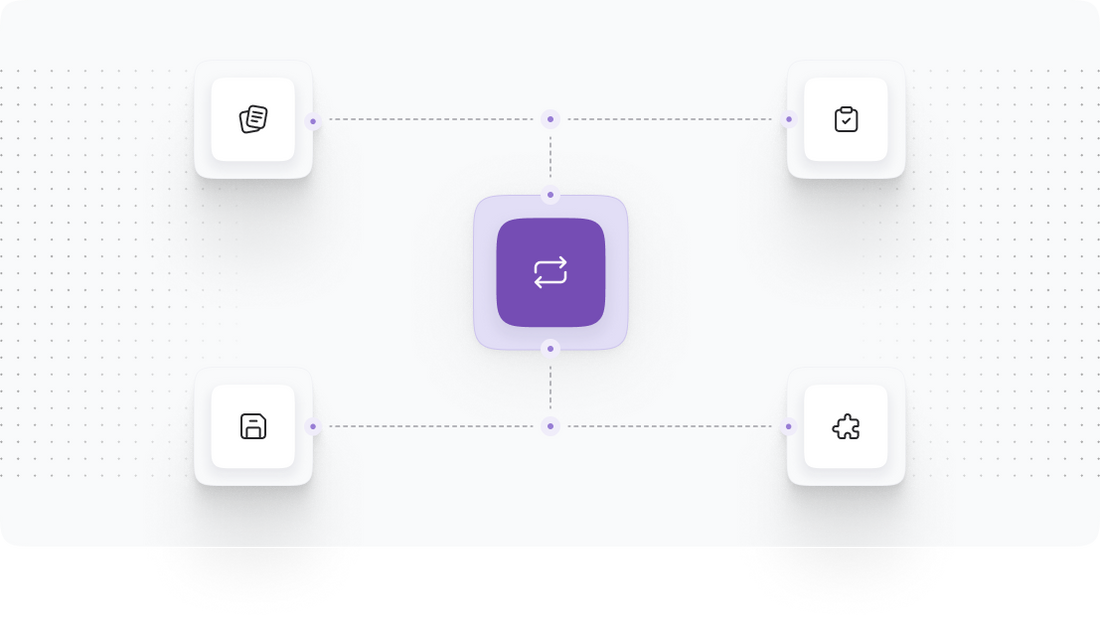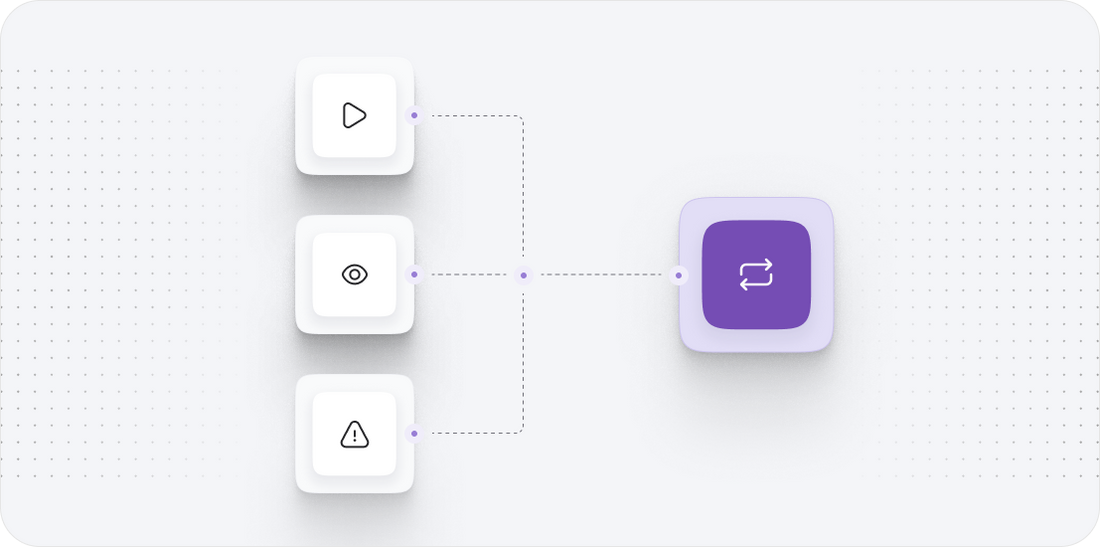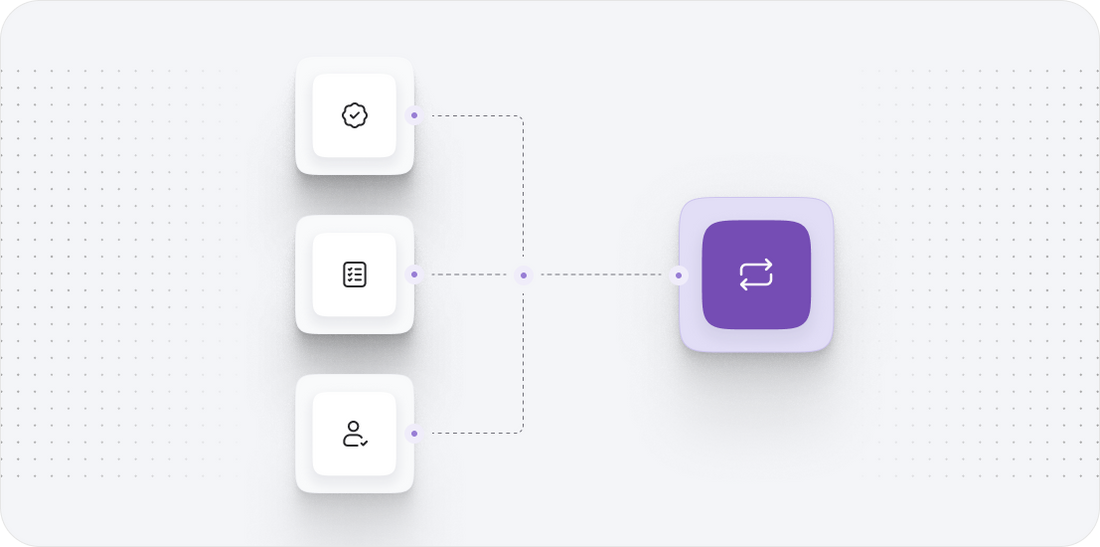





Cs cart to Magento
Migrating your store from Cs cart to Magento might seem daunting, but with proper planning and the right tools, it's a smooth process. Follow this step-by-step guide to ensure a successful transition.
Schedule a call
Step-by-Step Migration Guide: CS Cart to Magento migration guide
Step 1: Assess Your Current CS Cart Setup
In this initial step, we evaluate your existing CS Cart store configuration, identifying essential data types and custom functionalities that need to be migrated.
Step 2: Choose the Right Magento Version
Selecting the appropriate version of Magento is key to ensuring compatibility and access to desired functionalities for your migrated store.
Step 3: Prepare Your Magento Environment
Setting up a robust Magento environment is essential to support the successful migration of your data from CS Cart.
Step 4: Backup Your CS Cart Data
Creating a backup of your CS Cart data is a critical step to safeguard your information during the migration process.
Step 5: Migrate Data from CS Cart to Magento
This critical step involves the actual data migration process, transferring essential information from CS Cart to Magento.
Step 6: Post-Migration Testing and Validation
After migration, thorough testing is essential to validate that all data has been transferred correctly and the store functions as intended.
Step 7: Go Live and Monitor Performance
After successful testing, we prepare to launch the Magento store and closely monitor its performance to ensure a smooth transition.
Power Your Step - Get in Touch
Ready to migrate your ecommerce store with expert support? Contact us today to get started!
Step 1: Assess Your Current CS Cart Setup
Before initiating the migration process from CS Cart to Magento, we must first conduct a comprehensive assessment of your current CS Cart setup. This assessment is crucial to ensure that all necessary data and functionalities are accurately migrated to the new platform.
The objective of this step is to gather detailed insights into your existing ecommerce environment, including the types of products, customer data, order history, and any unique configurations or customizations that your store utilizes. This thorough understanding allows us to create a tailored migration plan that meets your specific business needs.
- Data Inventory: Compile a list of all data types that need to be migrated. This typically includes:
- Products (including descriptions, prices, images, and attributes)
- Customer Accounts (including personal details and order histories)
- Orders and Invoices
- Categories and Subcategories
- SEO Metadata
- Custom Functionalities: Document any custom functionalities or extensions that your CS Cart store currently employs. This includes payment gateways, shipping methods, and any third-party integrations.
- Performance Metrics: Review existing performance metrics (page load times, conversion rates, etc.) to identify areas for improvement in the new Magento store.
By compiling this data, we can ensure a seamless transition, maintaining the integrity of your store's operations and enhancing overall performance on the new platform.

Step 2: Choose the Right Magento Version
Once we have assessed your current CS Cart setup, the next step is to choose the right version of Magento for your needs. Magento offers multiple versions, including Open Source and Commerce (now part of Adobe Commerce). Each version has its own capabilities, hosting requirements, and pricing structures.
The objective here is to select a version that aligns with your business goals and operational needs while also considering your budget and technical resources. Below are key factors to evaluate:
- Magento Open Source: This is a free version that provides basic ecommerce functionalities. It is suited for businesses that have the technical expertise to manage their own hosting and development.
- Magento Commerce: This version is a paid solution offering advanced features, including enhanced security, cloud hosting, and dedicated support. It is ideal for larger businesses or those that anticipate rapid growth.
- Hosting Considerations: Depending on the version chosen, you will need to decide whether to self-host or use Magento's cloud hosting solutions, which provide ease of management but come at a higher cost.
By carefully selecting the appropriate Magento version, we can ensure a smooth migration process that accommodates your business's current and future needs.

Step 3: Prepare Your Magento Environment
Before we can migrate your data from CS Cart, we need to prepare your Magento environment. This involves setting up the Magento platform, configuring essential settings, and ensuring that all necessary extensions and themes are in place.
The objective of this step is to create a stable and efficient environment in which to migrate your CS Cart data. Here are the key tasks we will undertake:
- Magento Installation: Install Magento on your chosen hosting server, ensuring that all system requirements are met, such as PHP versions, database configurations, and server settings.
- Configuration: Configure basic settings in Magento, including store information, currency, payment gateways, and shipping options. This setup will help streamline the migration process.
- Theme and Design: Choose and install a theme that aligns with your brand. Customizing the look and feel is important to ensure a seamless experience for your customers post-migration.
- Essential Extensions: Install any necessary Magento extensions that mirror the functionalities of your CS Cart store. This may include SEO tools, payment gateways, and marketing automation tools.
By preparing the Magento environment thoroughly, we can ensure that the migration process is as smooth as possible, minimizing disruptions to your business operations.

Step 4: Backup Your CS Cart Data
Before proceeding with the actual migration, it is imperative to create a complete backup of your CS Cart data. This precautionary measure ensures that all your current data is preserved and can be restored if necessary.
The objective of this step is to secure your existing data and provide a safety net in case any issues arise during the migration process. Here’s how we will perform the backup:
- Database Backup: Use tools like phpMyAdmin or command line to export the entire database. This includes all tables associated with products, customers, orders, and settings.
- File Backup: Create a copy of all files in your CS Cart installation directory, including media files, themes, and custom plugins. This ensures that your customizations and content are secure.
- Verification: After backing up, verify the integrity of the backup files to ensure they are complete and uncorrupted.
By backing up your CS Cart data, we mitigate risks associated with data loss and ensure a secure migration process.

Step 5: Migrate Data from CS Cart to Magento
Now that we have prepared both the CS Cart and Magento environments, we can initiate the data migration process. This step involves transferring all relevant data from your CS Cart store to Magento, ensuring that all product, customer, and order information is accurately moved.
The objective during this phase is to ensure a seamless transition of data while maintaining data integrity and minimizing downtime. The migration process will typically include the following:
- Data Mapping: Prior to migration, we'll define how each data type in CS Cart corresponds to its equivalent in Magento. This includes products, customers, orders, and other entities.
- Migration Tools: Utilize migration tools or scripts (such as Cart2Cart or custom scripts) to facilitate the migration process. These tools can automate data transfer while minimizing errors.
- Testing Migration: Conduct a test migration with a subset of data to identify potential issues before performing the full migration. This allows us to fine-tune the process and make necessary adjustments.
- Full Migration: Execute the full migration once testing is successful. Monitor the process closely to address any issues that arise in real-time.
By carefully managing the migration process, we can ensure a successful transfer of data while minimizing disruptions to your operations.

Step 6: Post-Migration Testing and Validation
Once the data migration is complete, we need to conduct comprehensive testing and validation to ensure everything is functioning correctly in the new Magento environment. This is a critical step in identifying any discrepancies or issues that may have occurred during the migration process.
The objective of this phase is to confirm that all data has been accurately migrated and that the Magento store is fully operational. Here are the key testing tasks we will perform:
- Data Verification: Check that all migrated data (products, customers, orders) appear correctly in Magento. Validate that all attributes and settings match what was in CS Cart.
- Functionality Testing: Test all functionalities, including payment processing, shipping options, and any custom features to ensure they work as expected.
- Performance Testing: Analyze the performance of the new Magento site, checking page load times and overall responsiveness.
- User Acceptance Testing (UAT): Involve stakeholders to review the migrated site and gather feedback to ensure it meets business needs.
By performing thorough post-migration testing, we can identify and resolve any issues before going live, ensuring a smooth transition for your customers.

Step 7: Go Live and Monitor Performance
The final step in the migration process is to officially launch your new Magento store. This step involves making the site live for customers and closely monitoring its performance to ensure everything runs smoothly.
The objective here is to transition from the CS Cart store to Magento without disrupting your customers’ shopping experience. Here’s how we will approach this:
- DNS Configuration: Update your domain’s DNS settings to point to the new Magento store. Ensure that this process is timed to minimize downtime.
- Launch Communication: Inform customers about the migration and any expected changes or improvements in their shopping experience through email or website notifications.
- Performance Monitoring: Utilize monitoring tools to track site performance, including page load times, server responses, and user interactions. Be prepared to address any issues quickly.
- Feedback Collection: Encourage customer feedback to identify any potential issues or improvements needed after the launch.
By carefully managing the go-live process and monitoring performance, we can ensure a successful transition to Magento and maintain a positive customer experience.

Power Your Step - Get in Touch
PowerCommerce is here to help you with your migration journey. Our team of experts is dedicated to providing you with seamless migration solutions tailored to your business needs. Whether you're moving from CS Cart to Magento or any other platform, we ensure a smooth transition that minimizes downtime and maximizes performance.
Don’t hesitate! Contact us today to harness our 15 years of industry expertise and take your ecommerce store to the next level.
- Visit our contact page: Contact Us
- Call us at: 800-099-9090
- Email us at: info@powercommerce.com
Let’s power your ecommerce success together!
Stay aligned on what's happening in the commerce world
Trusted by 1000+ innovative companies worldwide
Schedule Your Migration Today
For businesses prioritizing simplicity, scalability, and robust support, Shopify is the clear winner.
Looking to migrate without hassle? Power Commerce can handle the entire process, ensuring smooth data transfer, store setup, and post-launch success.
Marka Marulića 2, Sarajevo, 71000 BiH
00387 60 345 5801
info@powercommerce.com


